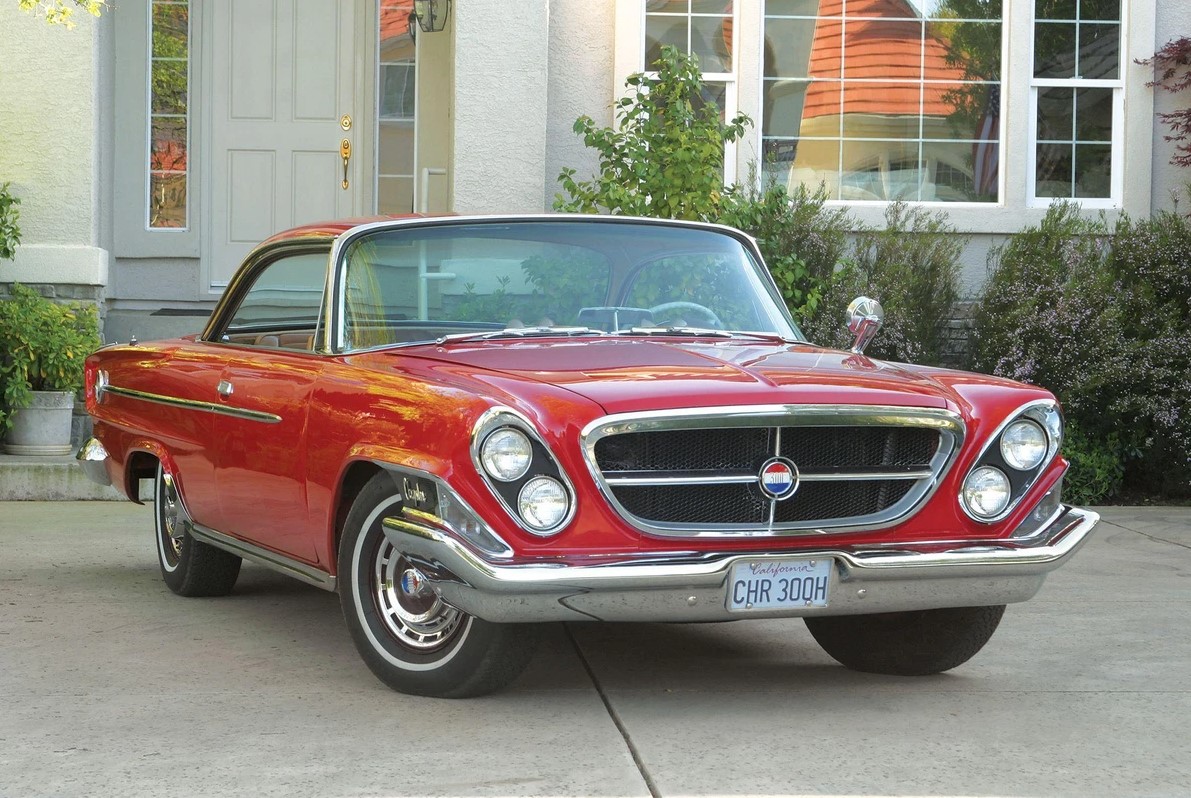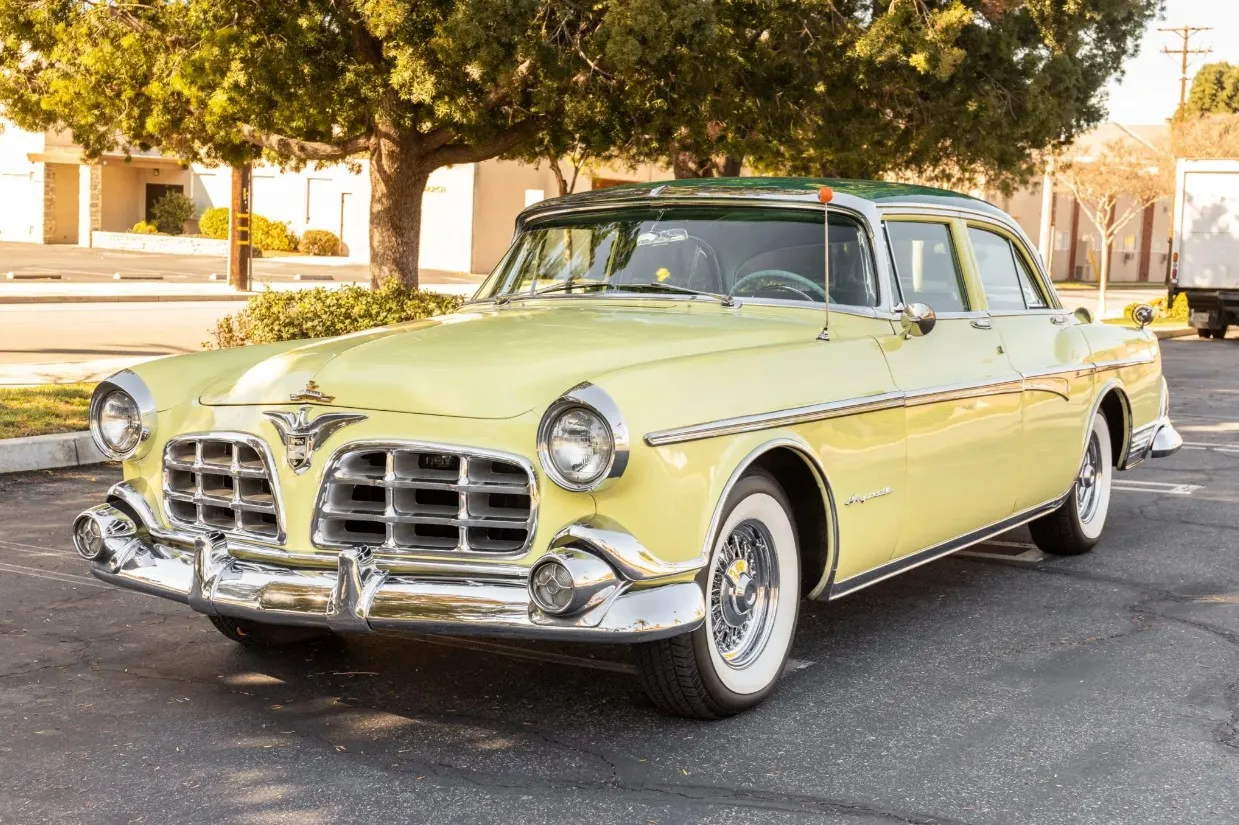In the midst of the swinging 60s, Pontiac unveiled a masterpiece that would leave an indelible mark on automotive history – the 1964 Pontiac Grand Prix. A perfect blend of power, elegance, and innovation, the Grand Prix stood out as a symbol of luxury and performance in an era defined by change and progress.

Aesthetics and Design

The design of the 1964 Pontiac Grand Prix was a testament to the changing tastes of the time. It exuded a sense of sophistication and sportiness, marrying the sleek lines of a personal luxury car with the aggressive stance of a high-performance machine. The long hood, prominent grille, and signature stacked headlights created a distinctive front end that announced its presence with authority.
The fastback roofline and sweeping side profile added a touch of aerodynamic grace to the Grand Prix, a feature that was ahead of its time. The designers at Pontiac managed to strike a delicate balance between form and function, ensuring that the car not only looked stunning but also delivered optimal performance on the road.
Performance

Under the hood, the 1964 Pontiac Grand Prix was a true powerhouse. It offered a range of engine options, including the potent 389 cubic inch V8 that came in various configurations. The top-tier engine, the Tri-Power version, boasted three two-barrel carburetors, pushing the performance envelope with 370 horsepower. This raw power was channeled through a three-speed manual transmission or an optional four-speed manual, giving drivers an exhilarating experience on the open road.
The Grand Prix was not just about brute force; it also featured a performance-tuned suspension that ensured a smooth and controlled ride. The combination of power and handling made the 1964 Pontiac Grand Prix a favorite among driving enthusiasts who sought a thrilling experience behind the wheel.
Luxurious Interior

Step inside the Grand Prix, and you were greeted with a sumptuous interior that reflected the opulence of the era. Bucket seats, a center console, and a sporty dashboard created a driver-centric cockpit, emphasizing the car's performance pedigree. The attention to detail was evident in the quality of materials used, with premium upholstery and chrome accents adorning the interior.
Technological Innovation

In 1964, Pontiac was not just focusing on performance and style; they were also incorporating cutting-edge technology into their vehicles. The Grand Prix featured options like power windows, power brakes, and air conditioning, setting a standard for luxury in the personal luxury car segment. These technological advancements added to the overall appeal of the Grand Prix, making it a well-rounded package for discerning buyers.
Legacy and Impact

The 1964 Pontiac Grand Prix left an enduring legacy that reverberates through automotive history. It marked a shift in the industry, showcasing that a car could be both powerful and elegant, practical and luxurious. The success of the Grand Prix in the marketplace signaled a growing demand for high-performance, stylish vehicles that catered to a new generation of car enthusiasts.
Conclusion

In the annals of automotive history, the 1964 Pontiac Grand Prix stands as a beacon of style, performance, and innovation. Its timeless design, powerful engine options, luxurious interior, and technological advancements made it a symbol of the evolving automotive landscape of the 1960s. Today, the Grand Prix remains a sought-after classic, a reminder of an era when cars were not just modes of transportation but expressions of style and freedom on the open road.

